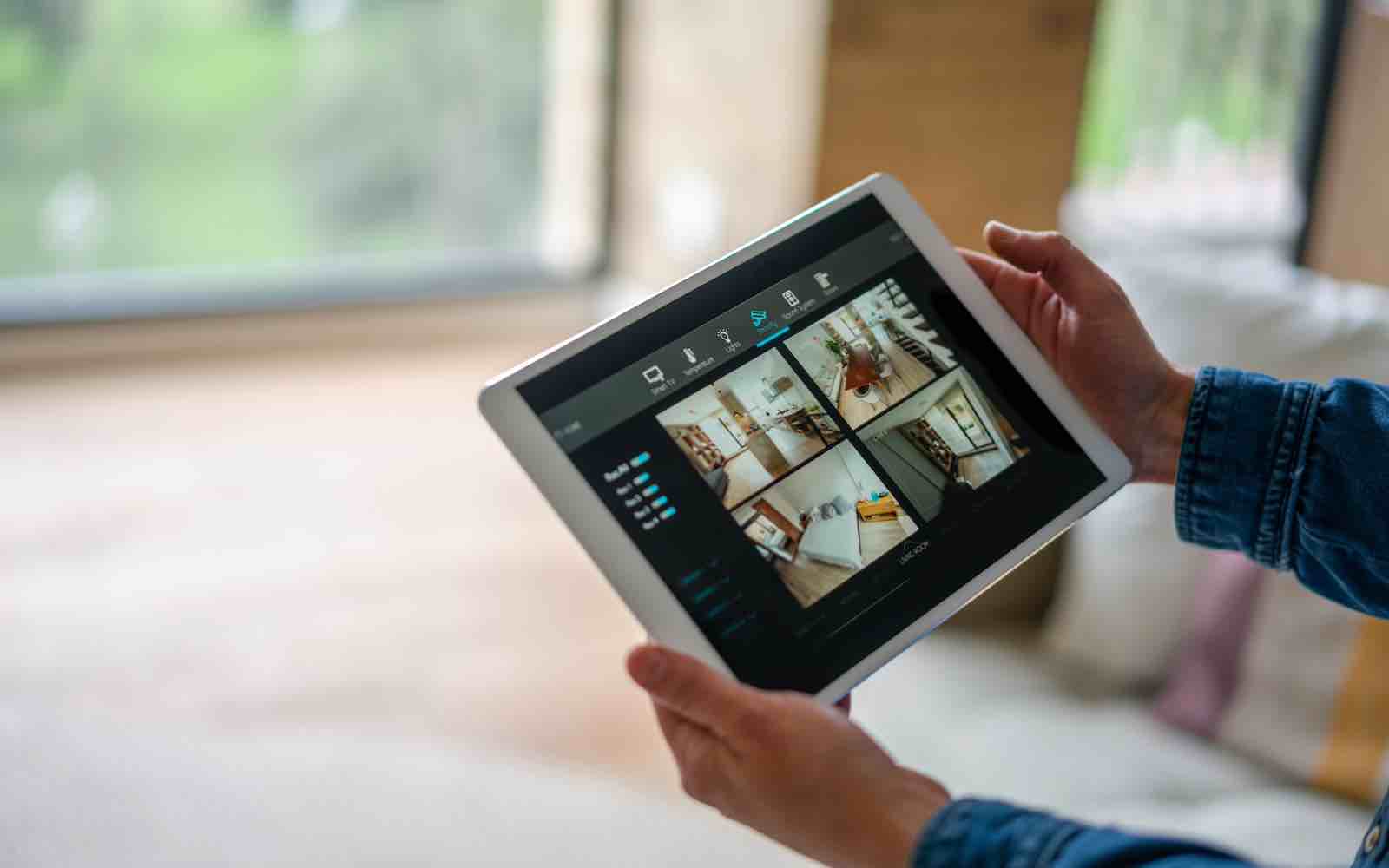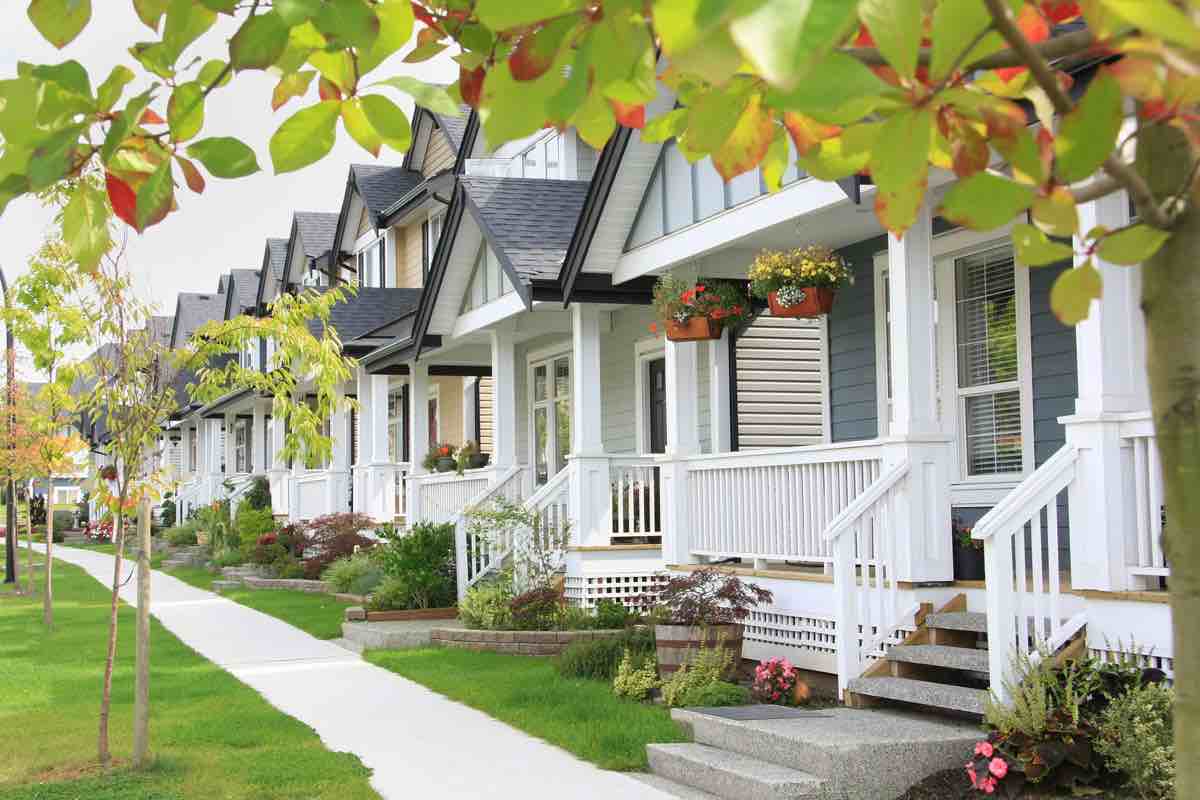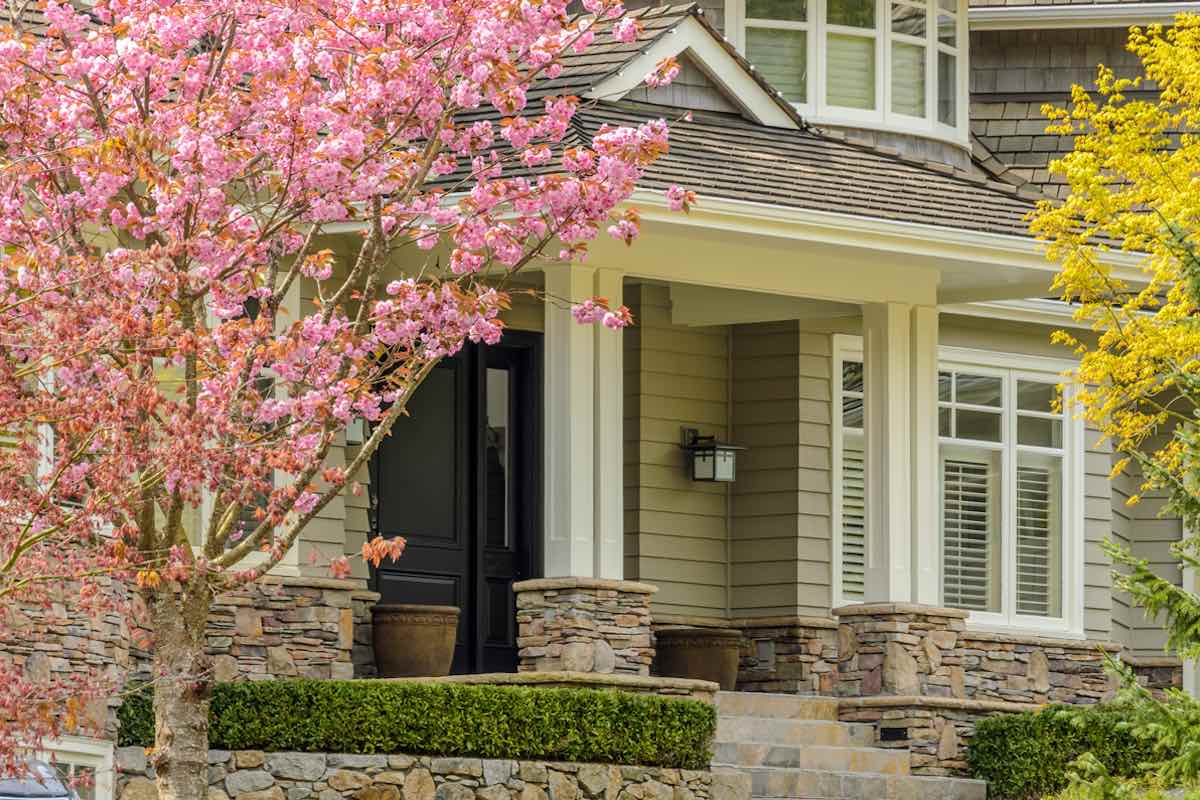Each year, many Americans are displaced due to fire, injured because of unsafe environments and hundreds are at risk. By implementing the right safety protocols in your home, you can protect yourself, your loved ones and even your visitors. It is important each year to review the home safety checklist provided by FEMA as well to ensure your home is up-to-date with the latest safety recommendations.
What is the Home Safety Checklist?
The home safety checklist goes over safety essentials, from candle to fire to electrical safety. Each of these areas then has a set of recommendations that homeowners should implement to make their home safer and reduce risks. There are numerous home safety checklists available online, including those provided by the Red Cross and local safety organizations.
What Should be Reviewed Annually?
The entire checklist (ideally) should be reviewed each year to make sure your home is following the latest safety recommendations, but some things that you must check annually include:
- Smoke Detectors – All smoke detector batteries should be replaced each year and the unit tested monthly to ensure it is in working order. If smoke alarms are more than 10 years old, they should also be replaced. Make sure you have a smoke alarm on every level of your home and inside each sleeping area.
- Carbon Monoxide – If you have not done so, installing carbon monoxide alarms on each level of your home is important. If your detectors are more than seven years old, consider replacing them.
- Home Escape Plan – Each year, your household escape plan should be reassessed. You should make sure exit points are still relevant and also any new additions to the family have been included in the plan.
- Heating – Your furnace and chimney should be inspected and cleaned annually. Space heaters inside your home should never be used with extension cords and you should inspect the units each year before use to make sure they are operational and safe.
Protect Your Home With Residential Fire and Smoke Alarm Systems
You can increase the safety of your home by installing a fire system that is paired with smoke alarms and carbon monoxide detectors. These systems can detect the first signs of carbon monoxide, and also monitor for smoke and heat in areas less used, such as the attic or furnace room.




